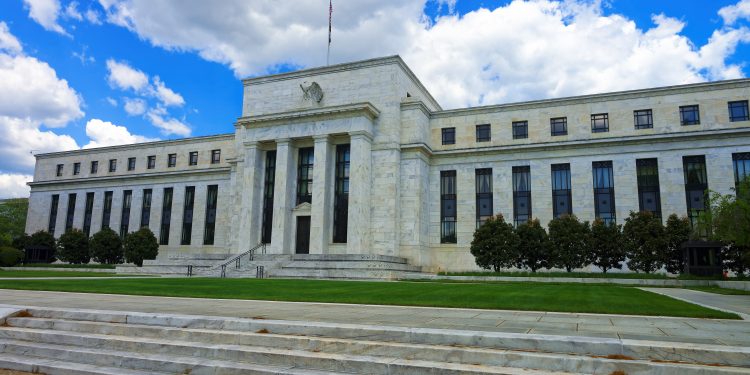Fewer than 500 banks out of the roughly 4,000 U.S. banks are making use of the Federal Reserve’s instant payment system, FedNow. Fed Chair Jerome Powell mentioned that figure in his comments to Congress this week, noting that the slow adoption rate was not a surprise.
“We expect it’ll take some time, but it’s there, and we think it’ll be beneficial,” Powell said. “We had a lot of support from smaller banks to build it.” Powell compared the use of the new system to the adoption of the Automated Clearing House (ACH) system, which also had an initial slow uptake.
FedNow launched in July 2023, with 35 banks and credit unions, representing a diverse mix of large and small institutions across the country, as its initial users. Other early adopters include the U.S. Department of the Treasury’s Bureau of the Fiscal Service and 16 service providers prepared to support payment processing for banks and credit unions.
Despite Powell’s remarks, it’s worth noting that FedNow is still less than a year old.
“It’s positive to see the FedNow network with over 500 financial institutions and growing,” said Elisa Tavilla, Director of Debit Payments at Javelin Strategy & Research. “As more participants join, they will want more practical instant payment use cases to drive transaction volume and value.”
Tavilla thinks that more use cases will accelerate adoption of FedNow. “I often use a telephone analogy, even though it’s not exactly an apples-to-apples comparison,” she said. “It was valuable when more people got phone lines and were able to receive and make calls. But then people needed more reasons to call others. Imagine if a phone operator could only let customers check voicemail or call a select group of people for a few limited purposes. Customers would not find much value in such a network. Similarly, customers need more compelling reasons to make instant payments besides moving money between their own accounts.”
Anticipated Participation in FedNow
Surveys reveal that a sizable number of American banks intend to participate in FedNow, even if they have not gotten on board yet. According to a survey from the U.S. Faster Payments Council, 88% of respondents, whom work for a financial institution or a facilitator, said they intend to implement FedNow and/or real-time payments within the next two years. Currently, FedNow has been or is in the process of being implemented by 44% of respondents. Only 12% of those polled said they plan to wait more than three years to implement these payment services—or opt out entirely.
The survey also delved into future deployment strategies. Regarding FedNow, 44% of respondents said they will initially support send and receive services, with 48% planning to eventually add send services. Only 8% said they will remain a receive-only organization.














